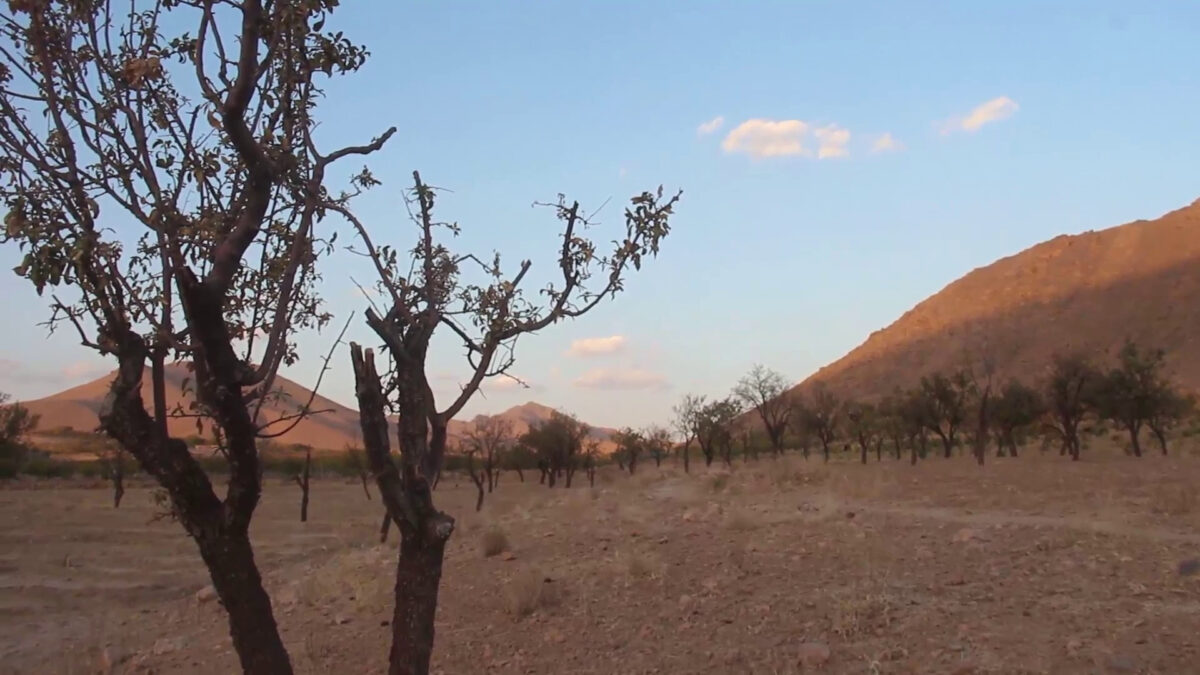Afghanistan is experiencing its worst drought in 30 years due to a warmer-than-average winter and reduced snowfall, five international NGOs warned Monday.
The lack of snow raises concerns about continued water shortages following three years of drought, deepening the country’s humanitarian and development crises, according to Action Against Hunger, International Medical Corps, Islamic Relief Worldwide, Save the Children International, and World Vision International.
From Oct. 1, 2023, to Jan. 15, 2024, Afghanistan recorded only 45% to 60% of its average precipitation compared to previous years.
Experts also anticipate above-average temperatures from February to April 2024.
The climate crisis particularly impacts children and families dependent on subsistence agriculture. Afghanistan, among the world’s most vulnerable to climate change, has 25 of its 34 provinces facing severe or catastrophic drought, affecting over half of its 40 million population.
An estimated 7.8 million children will face food shortages in 2024. Continued drought could risk children’s lives, crop failures, and deepen the impact of climate change. The dry conditions also increase the risk of water-borne diseases like cholera and exacerbate poverty as families leave drought-stricken villages.
Razia, a 38-year-old mother of four, shared her struggles: “We have much less agricultural production in recent years. My husband earns about 250-300 Afghanis [$3-4] when he finds work, but that’s only one or two days a week. The situation was better in the past with more agricultural work available.”
Currently, four million women and children suffer from acute malnutrition, including 3.2 million children, with about 875,000 facing severe acute malnutrition and 2.3 million moderate acute malnutrition, per the Integrated Food Security Phase Classification report.
Children experiencing hunger are at risk of severe health issues, including malnutrition and weakened immune systems, and the drought’s impact extends to education, with many children forced to fetch water from distant sources.
The international community is urged to fully fund the humanitarian response plan to prevent further crises. The impact of the October earthquakes, combined with the ongoing drought, has led to ‘Emergency’ (IPC4) food insecurity in Herat province. In 2023, only 45% of the total humanitarian needs were funded. Without urgent funding this winter, millions of Afghans will continue to suffer.





